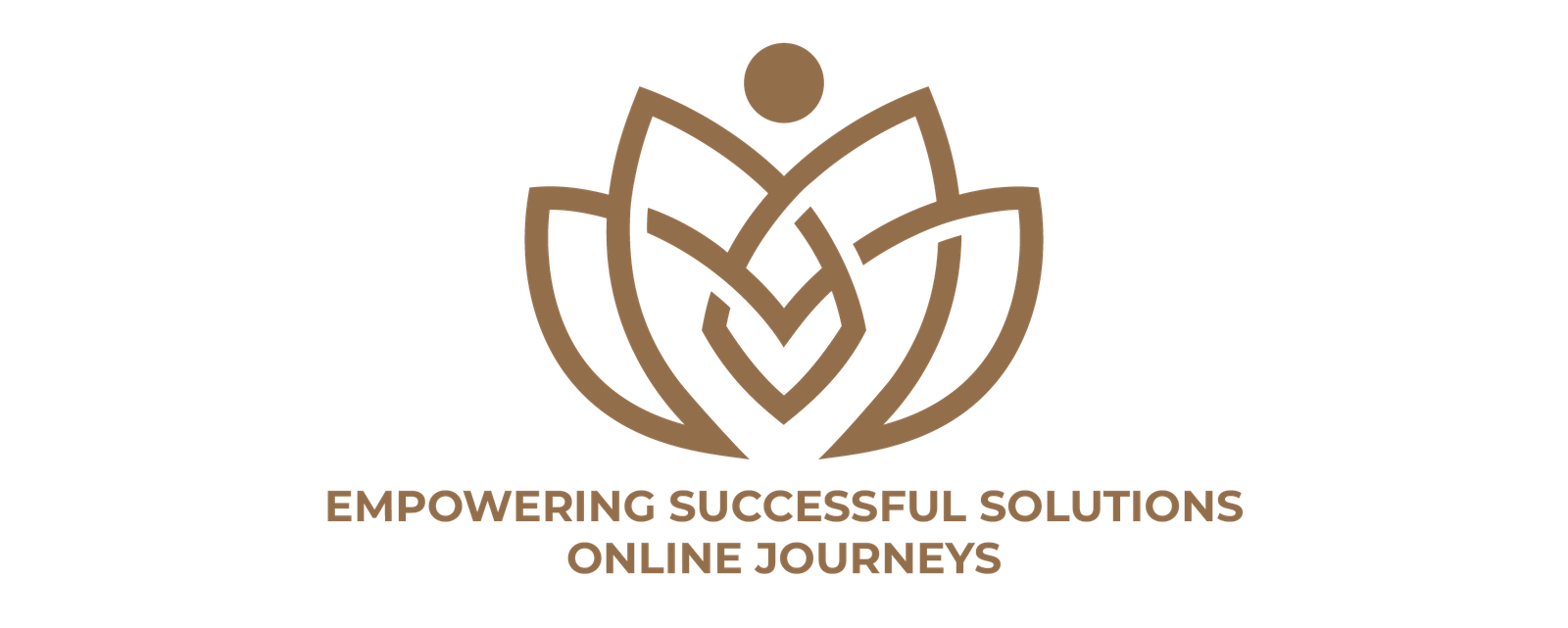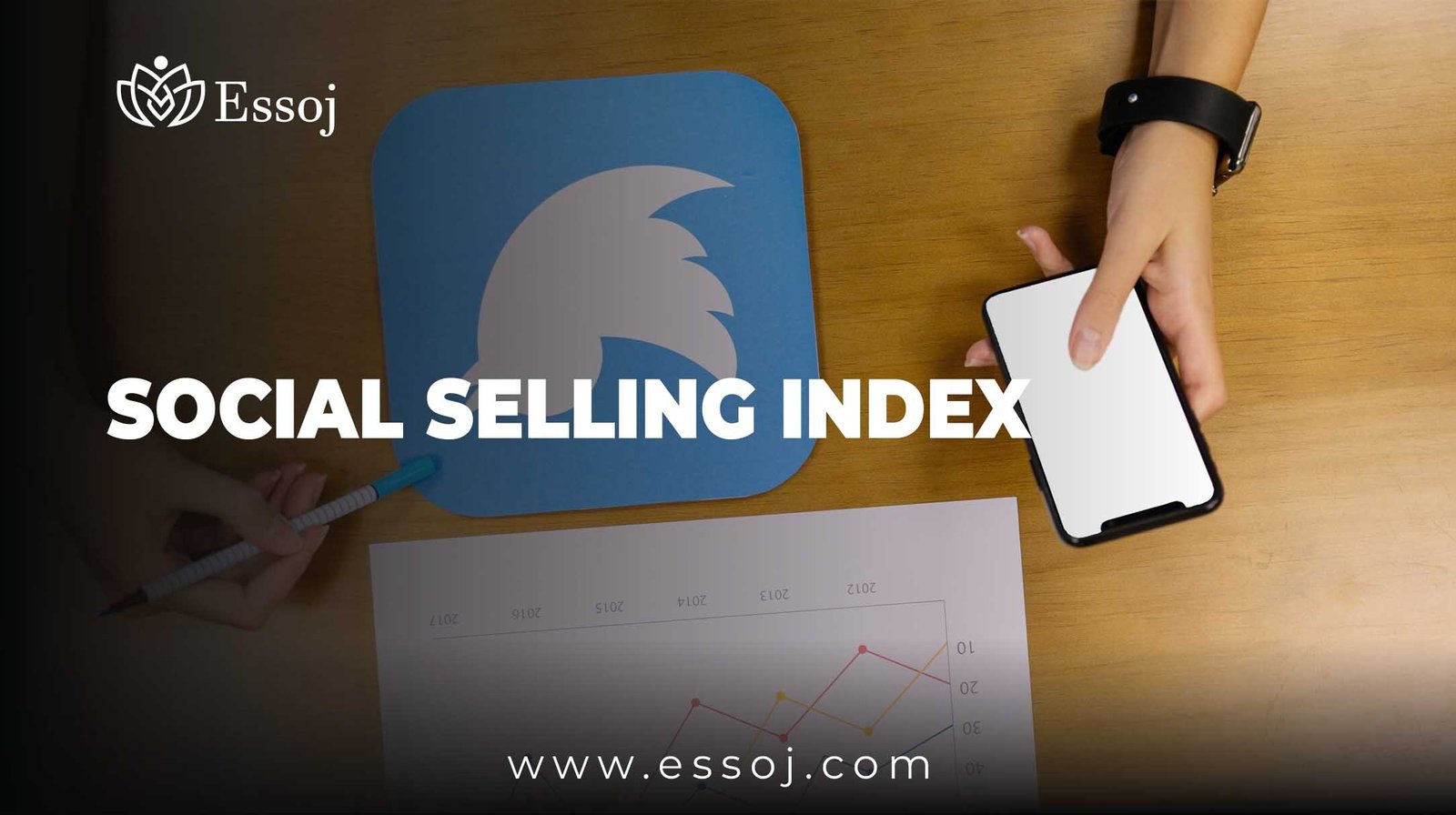Introduction: Why the Social Selling Index is a Must-Know Metric for Every Sales Professional
In today’s digital era, selling has transformed dramatically. Gone are the days when cold calls and door-to-door pitches ruled the sales world. Now, social media platforms, especially LinkedIn, have become powerful tools to connect, engage, and convert prospects into loyal customers. But how do you know if you’re using these tools effectively? That’s where the Social Selling Index (SSI) comes in.
The Social Selling Index is much more than just a score—it’s a comprehensive reflection of how well you’re leveraging social media to grow your sales pipeline. It measures your ability to build relationships, engage with valuable content, and position yourself as a trusted expert in your field.
Picture this: Mark, a sales rep at a mid-sized software company, was struggling with stagnant sales despite spending hours on LinkedIn every day. Frustrated, he stumbled upon the concept of the Social Selling Index. Curious, he checked his score and found it was barely above 30 out of 100. Over the next few months, Mark focused on improving his SSI by optimizing his profile, engaging thoughtfully, and connecting strategically. The result? His SSI soared to 75, and his monthly sales doubled. Mark’s story highlights a crucial truth—improving your Social Selling Index directly influences your sales success.
This article will guide you through everything you need to know about the Social Selling Index and give you a clear, actionable step-by-step plan to boost your SSI score and sales performance. Whether you’re new to social selling or want to sharpen your skills, this guide will help you unlock the true potential of social media for sales.
Step-by-Step Guide to Improve Your Social Selling Index Score
Step 1: Optimize Your LinkedIn Profile — Your Digital Sales Magnet
Your LinkedIn profile is the first impression you make on potential clients and partners. Think of it as your personal brand’s storefront on the internet. If your profile looks incomplete or unprofessional, prospects might scroll right past you. A powerful profile increases your credibility and helps build trust.
How to optimize your profile for a higher SSI:
- Professional Photo: Use a clear, friendly headshot with good lighting. Profiles with photos receive up to 21 times more views.
- Headline that Speaks to Your Value: Instead of a generic title like “Sales Manager,” craft a headline that shows how you help your audience. For example: “Helping Healthcare Startups Increase Patient Engagement Through Innovative Software Solutions.”
- Compelling Summary: Write a summary that tells your story in a relatable way. Include your achievements, what drives you, and how you solve problems for clients.
- Showcase Skills and Endorsements: Highlight skills relevant to your industry and encourage colleagues or clients to endorse you.
- Recommendations: Ask satisfied clients or managers for recommendations. Social proof is a strong trust signal.
- Keywords: Use industry-relevant keywords naturally in your headline, summary, and experience sections to improve discoverability.
Example: Emma, a financial advisor, transformed her LinkedIn profile by focusing on client success stories and adding targeted keywords. Her profile visits tripled, and her SSI jumped from 40 to 70 in just two months.
Step 2: Find and Connect with the Right People — Quality Over Quantity
Adding connections randomly won’t help your SSI or sales. The key is to build a network of decision-makers, influencers, and potential clients who fit your target market. This strategic approach boosts your visibility and positions you as a relevant and valuable contact.
Tips to connect strategically:
- Use Advanced Search: LinkedIn offers filters by industry, company size, job title, location, and more. Use these to find your ideal prospects.
- Personalize Connection Requests: Always add a brief, genuine note when sending connection requests. Mention why you want to connect and how you can add value.
- Follow Up: After connecting, send a thank-you message. Avoid pitching immediately—focus on building rapport first.
- Leverage LinkedIn Groups: Join groups relevant to your industry and engage with members. This helps you find active prospects and showcase your expertise.
Example: James, a B2B SaaS sales rep, started using LinkedIn’s advanced search to find marketing directors in his niche. Personalizing his invites led to a 70% acceptance rate and several warm leads, which boosted his SSI score under the “Find the Right People” pillar.
Step 3: Engage with Insights — Become a Thought Leader Through Interaction
Engagement is more than just liking posts. It’s about meaningful interaction that positions you as an expert and builds relationships. Sharing relevant content and participating in conversations shows prospects you’re knowledgeable and approachable.
How to engage effectively:
- Share Valuable Content: Post articles, insights, tips, and success stories related to your industry. Use a mix of formats like text, images, and videos.
- Comment Thoughtfully: Instead of generic comments, add your perspective or ask questions to spark discussions.
- React Quickly: Respond to comments on your posts and engage with content shared by your network.
- Use LinkedIn Polls and Stories: These features increase visibility and interaction.
- Stay Consistent: Regular engagement keeps you top-of-mind with your connections.
Example: Linda, a marketing consultant, started commenting regularly on posts about digital transformation, adding her insights and experiences. Her engagement helped her grow her network by 300+ connections and raised her SSI from 55 to 85.
Step 4: Build Strong Relationships — The Heart of Social Selling
At the core of the Social Selling Index is relationship-building. Social selling is not about pushing a sale but nurturing genuine connections that eventually lead to business opportunities.
Ways to strengthen relationships:
- Regular Check-Ins: Send messages that check in on prospects’ challenges or congratulate them on milestones.
- Offer Help Before Selling: Share resources, invite to webinars, or provide introductions to others in your network.
- Personalize Interactions: Remember details about your connections’ businesses or interests to tailor your conversations.
- Schedule Virtual Coffee Chats: Use video calls to deepen rapport beyond text messages.
- Ask for Feedback: Show that you value their opinions and adapt accordingly.
Example: Raj, a business development manager, sends personalized articles and occasional “how can I help?” messages to his top prospects. Over time, these small efforts turned into large contracts and a sustained boost in his SSI.
Tools and Resources to Track and Improve Your Social Selling Index
Several free and paid tools can help you monitor and enhance your Social Selling Index:
- LinkedIn’s built-in SSI dashboard (available via LinkedIn Sales Navigator).
- Content scheduling platforms like Buffer or Hootsuite.
- CRM systems integrated with LinkedIn, such as HubSpot or Salesforce.
- Analytics tools to track engagement and profile visits.
Using these resources consistently helps maintain a strong social selling routine.
Common Mistakes to Avoid When Working on Your Social Selling Index
- Ignoring your profile: Many neglect to update their profile regularly, missing out on easy SSI points.
- Connecting without strategy: Randomly adding connections can hurt your credibility.
- Being overly promotional: Focus on value, not just sales pitches.
- Neglecting engagement: Social selling is a two-way street; don’t just post—participate.
- Failing to follow up: Relationships require ongoing attention.
Avoiding these pitfalls ensures your efforts translate into a higher SSI and better sales outcomes.
Final Thoughts: Why the Social Selling Index is Your Secret Sales Weapon
Understanding and improving your Social Selling Index can revolutionize how you connect with prospects and close deals. By focusing on your professional brand, targeting the right people, engaging thoughtfully, and nurturing relationships, you build trust and authority that stands out in a crowded marketplace.
Think of the Social Selling Index as the digital roadmap to sales success. Like Sarah’s story earlier, your SSI score is not just a number—it’s a reflection of your ability to leverage social platforms to grow your business.
So, start today: polish your profile, build genuine connections, share insightful content, and watch your sales skyrocket with confidence. With the right strategy, tools, and persistence, improving your Social Selling Index score is not only achievable but also incredibly rewarding.

